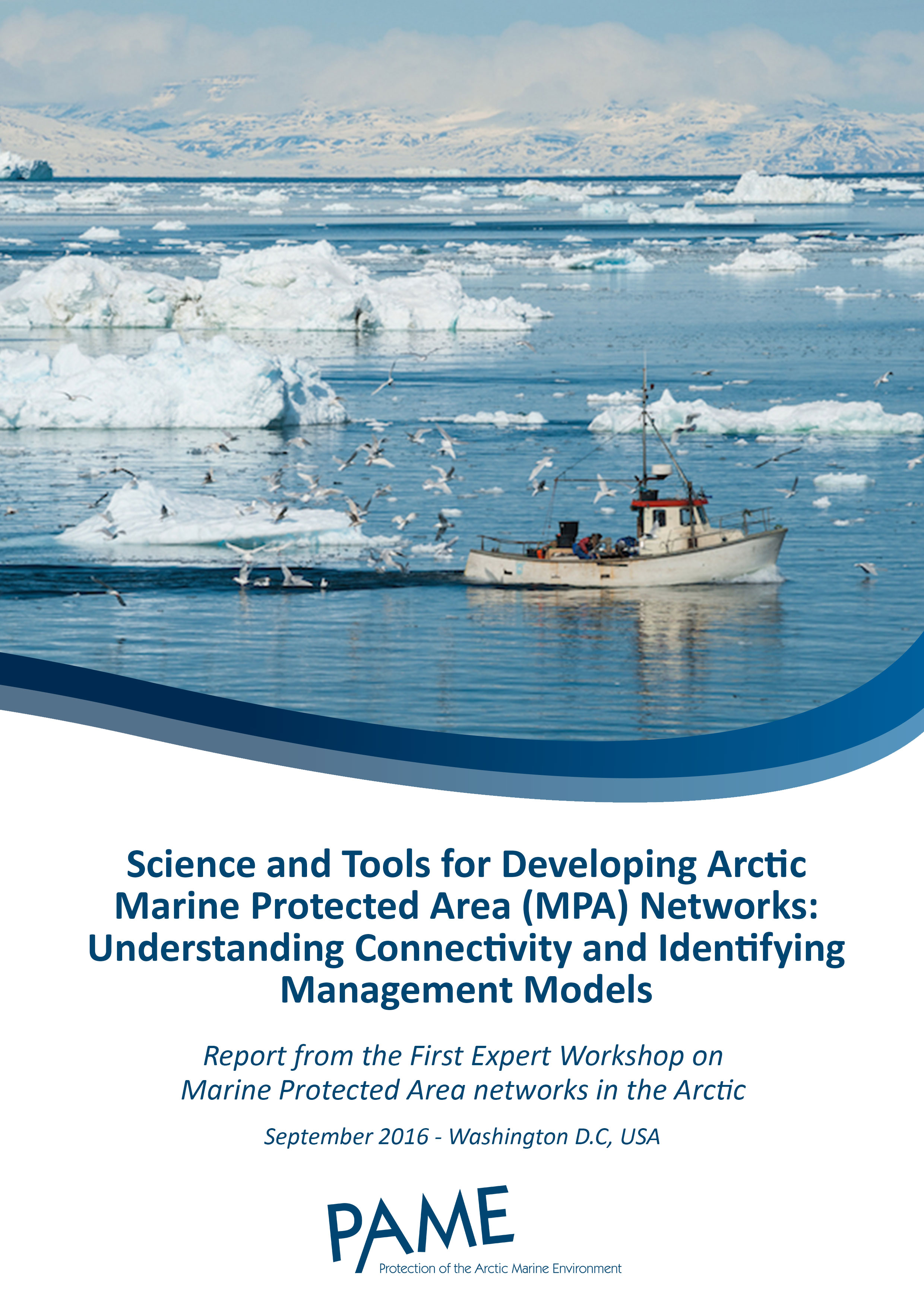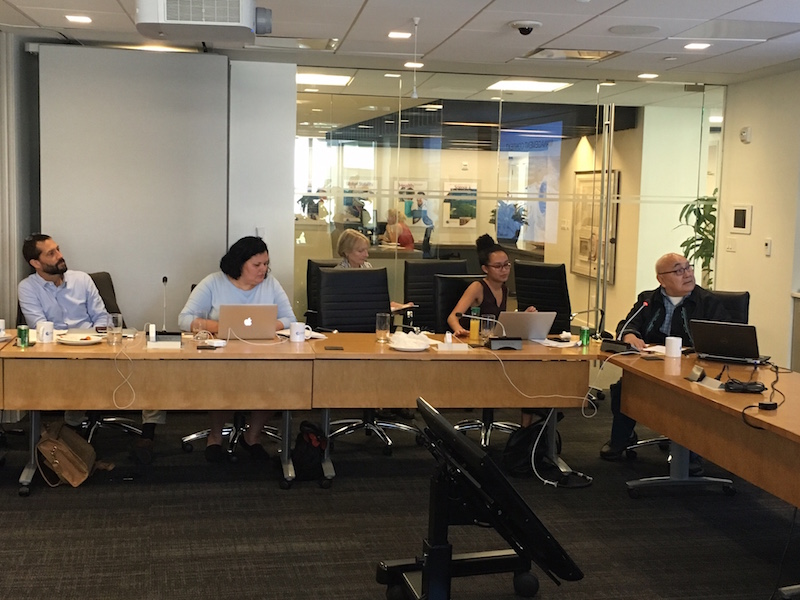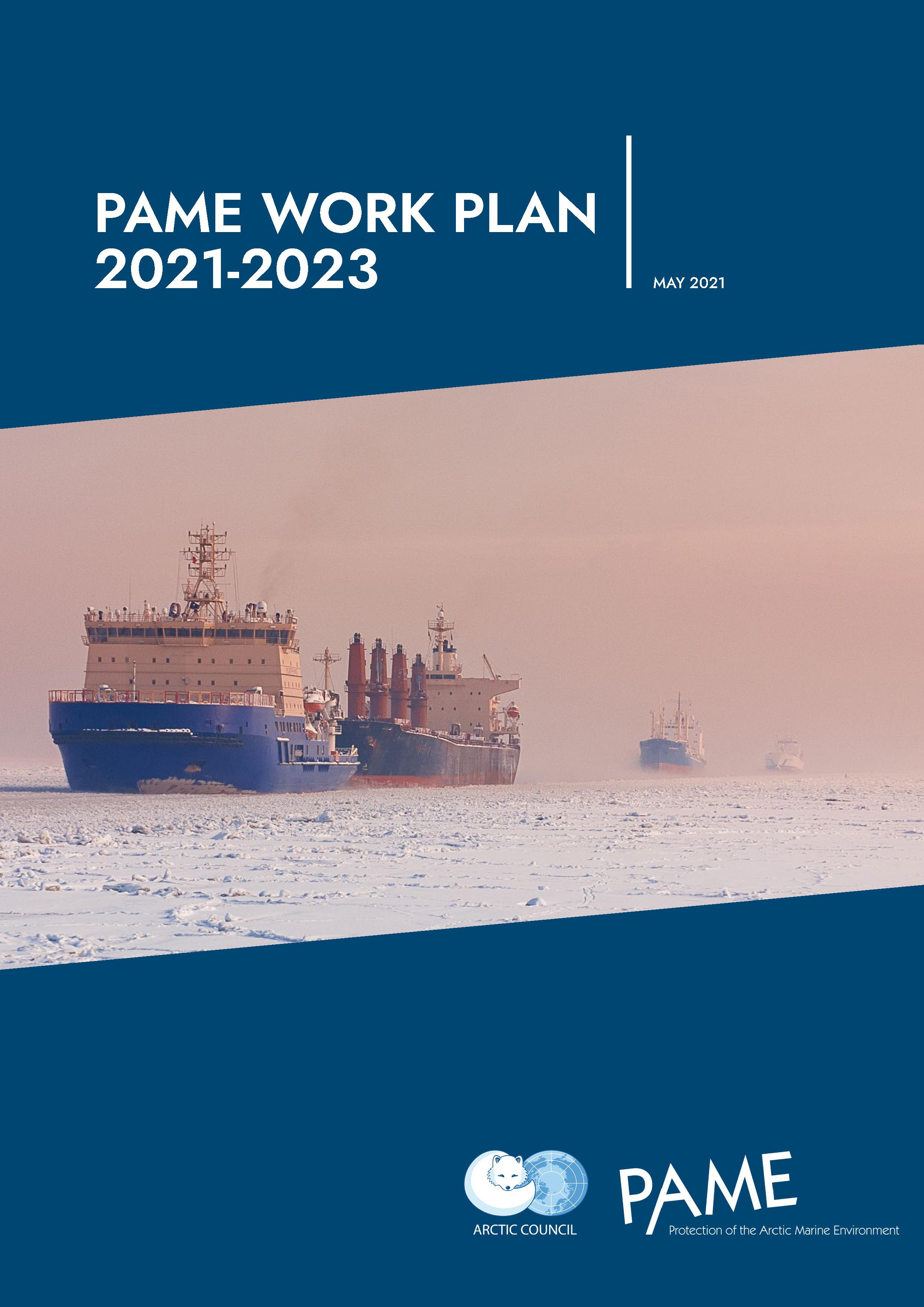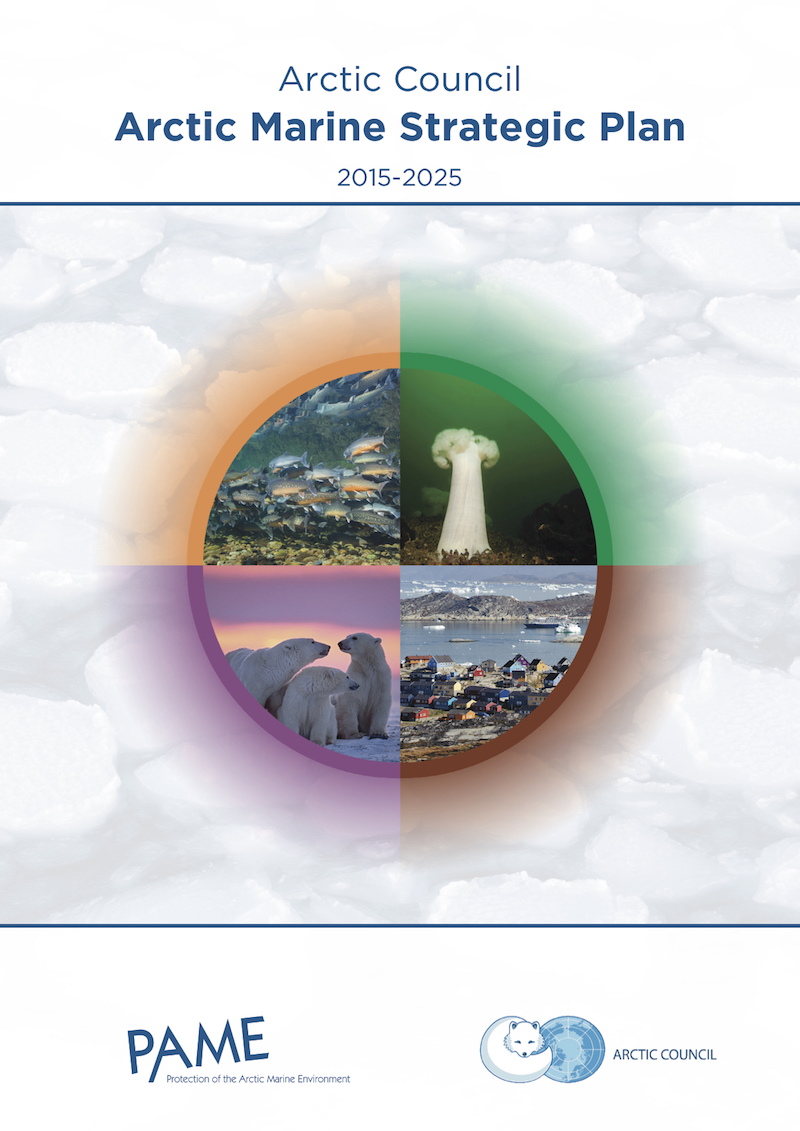 PAME's workshop - “Science and Tools for Developing Arctic Marine Protected Area (MPA) Networks: Understanding Connectivity and Identifying Management Models,” took place in Washington, DC from 22-23 September 2016. The workshop is one in a series whose purpose is to support a PAME project studying best practices for linking area-based conservation measures to categories of Arctic marine biodiversity in support of the long-term conservation of the Arctic marine environment and associated services and cultural values.
PAME's workshop - “Science and Tools for Developing Arctic Marine Protected Area (MPA) Networks: Understanding Connectivity and Identifying Management Models,” took place in Washington, DC from 22-23 September 2016. The workshop is one in a series whose purpose is to support a PAME project studying best practices for linking area-based conservation measures to categories of Arctic marine biodiversity in support of the long-term conservation of the Arctic marine environment and associated services and cultural values.The workshop included:
i) a discussion on species that highlight the importance of ecological connectivity in the Arctic marine environment, as well as possible approaches and methodologies for mapping selected elements of ecological connectivity for some of those species, and
ii) a discussion on a draft list of types of area-based conservation measures that benefit different categories of Arctic biodiversity (i.e. the "toolbox").
Click here to download the workshop report.
Project Description
PAME’s Framework for a Pan-Arctic Marine Protected Areas Network document recognizes that individual Arctic countries pursue MPA development based on their own authorities and priorities, and that MPA networks can be comprised of "both MPAs and other area-based measures that contribute to network objectives”.
PAME’s “toolbox” project aims to develop guidance to assist countries in advancing MPA networks in the Arctic. The project will produce this guidance in the form of a catalogue of examples of diverse existing area-based measures, including different types of marine protected areas and of “other area-based conservation measures” that contribute to the long-term conservation of important categories of Arctic marine biodiversity (e.g. important species and habitats).
Over the course of the 2015-2017 work cycle, project leads are hosting two workshops. While the first workshop focused on toolbox development by identifying and mapping types of connectivity in the Arctic, the second will focus on connectivity and climate change. The toolbox is intended to be a living document that is built on and refined over time.
 Workshop objectives:
Workshop objectives:- Develop our understanding of ecological connectivity for different marine taxa.
- Identify priorities for future scientific or other types of collaboration to enhance understanding of ecological connectivity in the Arctic.
- Based on input provided by Arctic States, share examples of different management tools used to manage categories of marine biodiversity (e.g. habitat, marine taxa).
- Identify priorities for expansion/refinement of “MPA Toolbox” to support Arctic states’ MPA network development.
- Identify potential next steps to advance understanding and management of MPA networks among Arctic Council Working Groups and other partners.
| Name of presentation | Presenter | Download |
| Ecological connectivity --- Overview of techniques that have been used to map larval dispersal and its relevance to MPA design: modelling (optimal size and spacing), direct observation of larval dispersal, genetic measures of connectivity/isolation, considerations of climate change | Mark Carr (University of California, Santa Cruz) | Download |
| Physical connectivity – Issues and possible approaches to mapping physical and habitat connectivity in the Arctic. Overview of dynamics of water masses and ice movement | Pat Halpin and Jesse Cleary (Duke University) | Download |
| Case study – Sweden’s experience mapping larval connectivity for MPA networks | Jon Havenhand (University of Gothenburg) | Download |
| Approaches and considerations for understanding connectivity for marine mammals using various techniques | Howard Rosenbaum (Wildlife Conservation Society) | Download |
| Mapping connectivity for cetaceans in the Alaskan Arctic – CetMap | Janet Clarke (Leidos) | Download |
| Local community engagement in mapping and understanding marine mammal connectivity | Willie Goodwin (Alaska Waterways Safety Commission) | Download |
| Overview of techniques: satellite telemetry, habitat modeling, others?, in the context of Important Bird Areas | Grant Gilchrist (Environment Canada) | Download |
| Identifying Important Bird Areas and seabird connectivity in the Alaskan Arctic | Melanie Smith (Alaska Audubon) | Download |
| Case study: Identifying candidate sites for an MPA network in the Russian Arctic: accounting for connectivity | Irina Onufrenya (WWF Russia) | Download |
| The role of protected areas and other area---based conservation measures for marine conservation | Dan Laffoley (IUCN World Commission on Protected Areas --- Marine) | Download |
| Elements of a representative and ecologically connected MPA network | Mark Carr (University of California, Santa Cruz) | Download |
| Understanding categories of Arctic biodiversity to be addressed by the MPA Toolkit (e.g. habitat, species groups) | Martin Sommerkorn (WWF) | Download |
| Canada’s Approach to Marine Conservation Targets | Bethany Schroeder (Fisheries and Oceans Canada) | Download |
| Arctic biodiversity monitoring: linkages to area---based conservation measures | Tom Christensen (Circumpolar Biodiversity Monitoring Programme) | Download |
| Pikialasorsuaq Commission | Carolina Behe (Inuit Circumpolar Council) | Download |
| Examples of Arctic MPAs and “Other area---based conservation measures” in the marine environment (based on submissions by Arctic States to PAME) | Martin Sommerkorn (WWF) | Download |
| Integration of Indigenous Knowledge and Values in the MPA Toolbox | Willie Goodwin (Alaska Waterways Safety Commission) | Download |
| Towards a toolbox: deploying MPAs and other area---based measures to conserve important categories of Arctic marine biodiversity | Martin Sommerkorn (WWF) | Download |





